Higher classification Xestia | Scientific name Xestia triangulum Rank Species | |
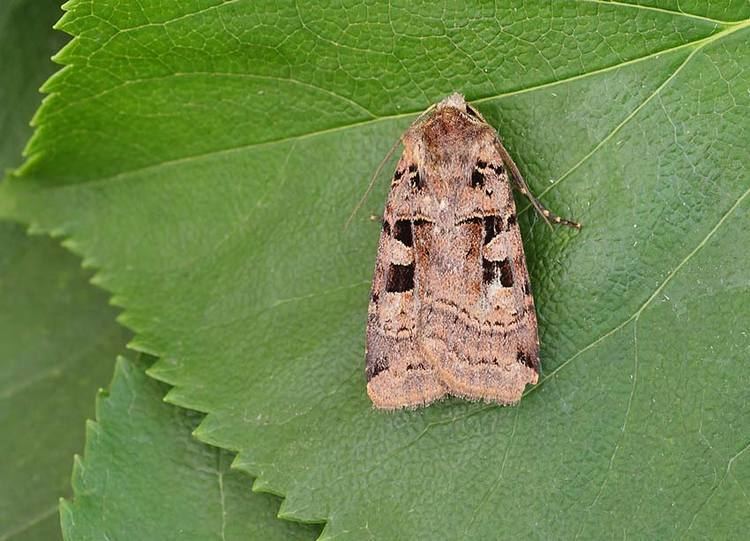 | ||
Similar Xestia, Setaceous Hebrew character, Square‑spot rustic, Butterflies and moths, Ingrailed clay | ||
The double square-spot (Xestia triangulum) is a moth of the family Noctuidae. It is distributed through most of Europe except Portugal, the Mediterranean islands and northernmost Fennoscandia. In the East, the species ranges East across the Palearctic to Siberia and in the South-East to the Black Sea and in Iran. It rises to a height of about 2000 metres in the Alps.
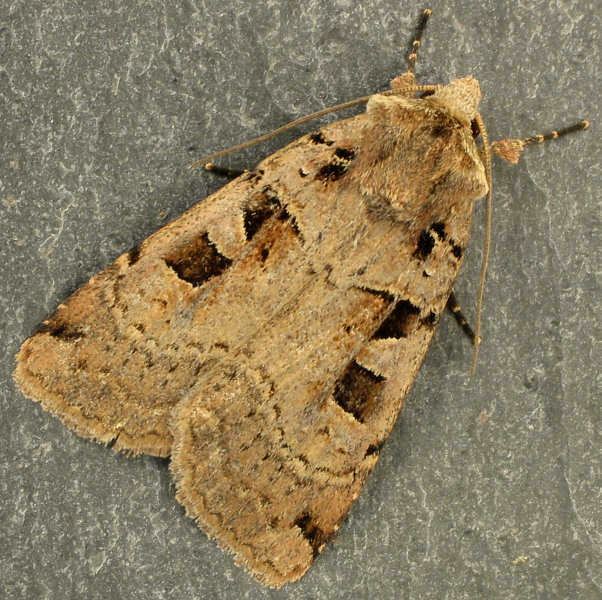
This species has pale brown forewings marked with two distinctive black marks. Despite the common name, only one of these is square, the other being roughly triangular. The hindwings are similar in colour to the forewings. It is very similar to Xestia ditrapezium.
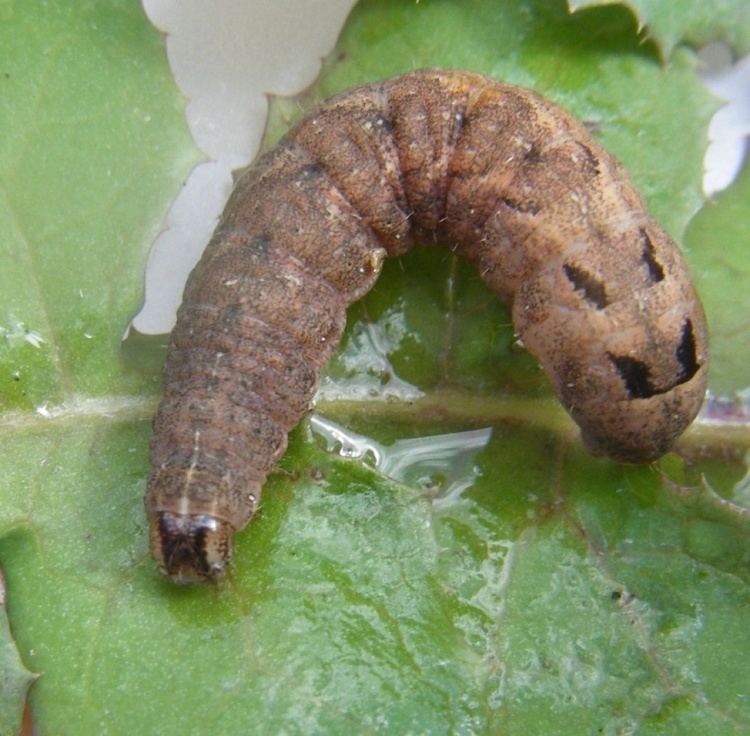
Differences:
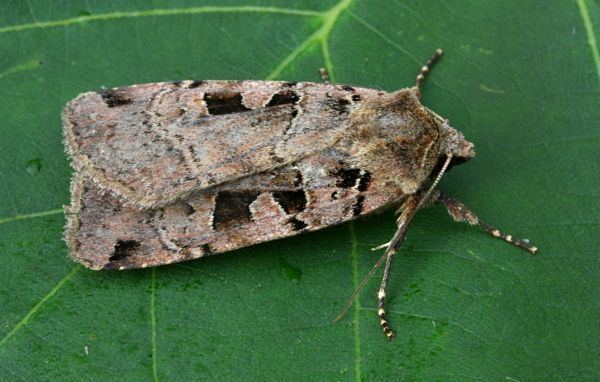
Technical description and variation: The wingspan is 36–46 mm.Forewing grey brown, with a rufous tinge: a small blotch at base, a praeapical costal spot, and the cell prominently black brown; hindwing fuscous.
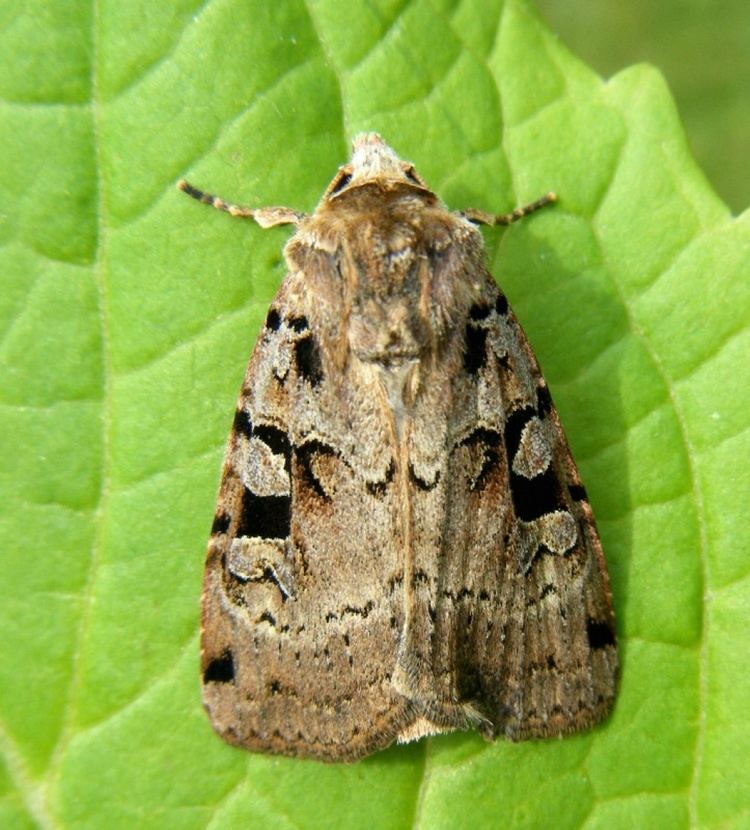
The moth flies at night in June and July in the British Isles. It is attracted to light and sugar and to flowers such as wood sage.

The larva is ochreous brown, black speckled ; the lines pale ; a row of oblique dark subdorsal bars. It is polyphagous, feeding on a wide variety of plants including birch, blackthorn, bramble, dock, hawthorn, raspberry and sallow. The species overwinters as a larva.

Inhabits preferably forest edges, slopes covered with shrubs, heaths and gardens and parkland.
